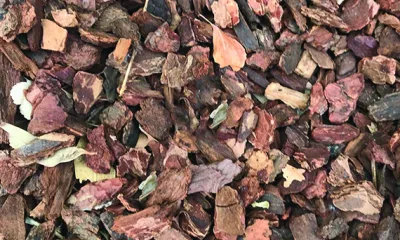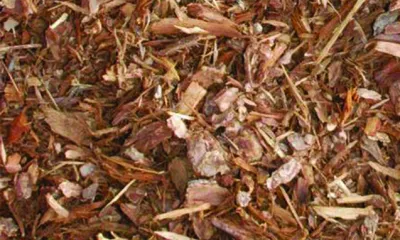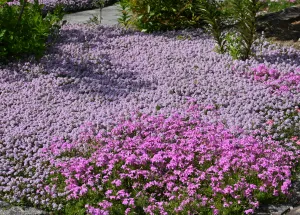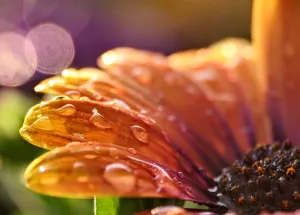
Mulch to Save Water
Mulch to Save Water
Nature is always hard at work mulching. Leaves drop continuously as plants try to protect their roots - an evolutionary stratagem used to conserve moisture, to help the soil retain warmth, or to suppress the growth of other competition. Mulching is nature's way of creating vibrant and power plant life.
Why Mulch
Most feeder roots for our plants live in the top two or three inches of soil. When the soil beneath our plants appears battleship gray and equally hard, you can assume those plants aren't finding moisture and nutrients to perform at their best. Adding three to four inches of mulch softens the soil structure almost immediately. For clay soil mulch allows for better water and air movement through the soil and in sandy soil it improvise its ability to hold water. Suddenly, water from your sprinklers doesn't skitter off the soil's surface. The mulch shows the percolation of water down and allows the soil to absorb it fully and acts as an insulating later keeping it cooler in the summer - the roots like that!
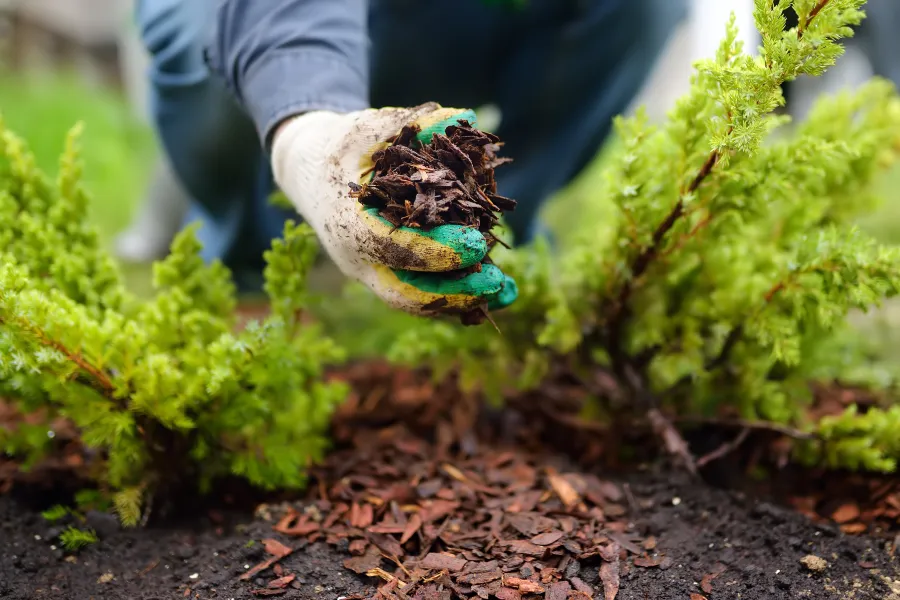
How to Apply Mulch
- Before applying mulch, remove weeds and water thoroughly.
- Apply a three-to-four-inch layer of mulch to your garden.
- Keep mulch 6 to 12 inches away from the base of trees and shrubs
More Mulch Benefits
- Keeps the soil from getting bone dry between watering periods
- Slows evaporation rates
- Improves earthworm habitat
- Insulates the soil to keep it cooler in summer
Shop Our Mulch
E.B Stone Mulch is processed by large custom machines designed to calibrate the consistent size and color of all bark products. This ground cover helps keep moisture in the soil while keeping unwanted weeds away by blocking out sunlight.





